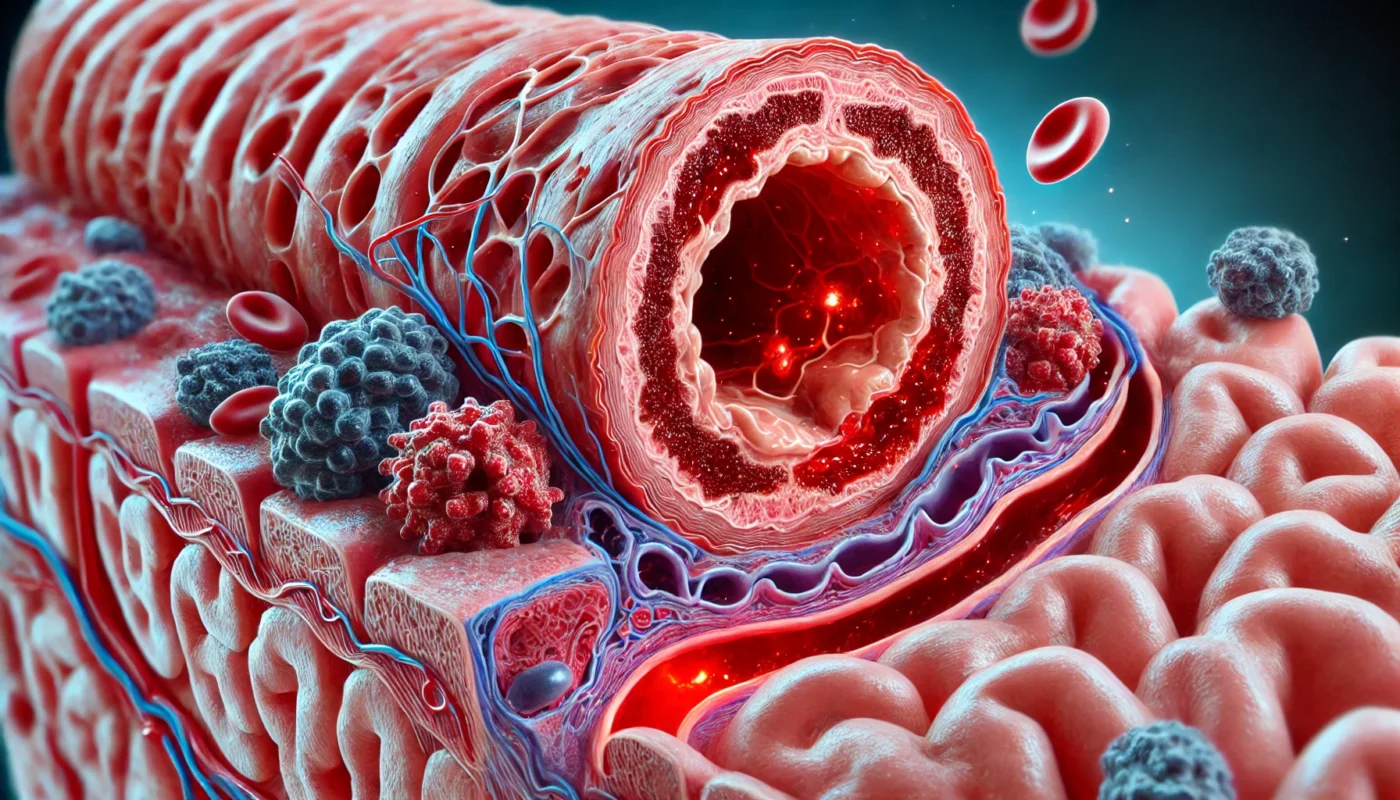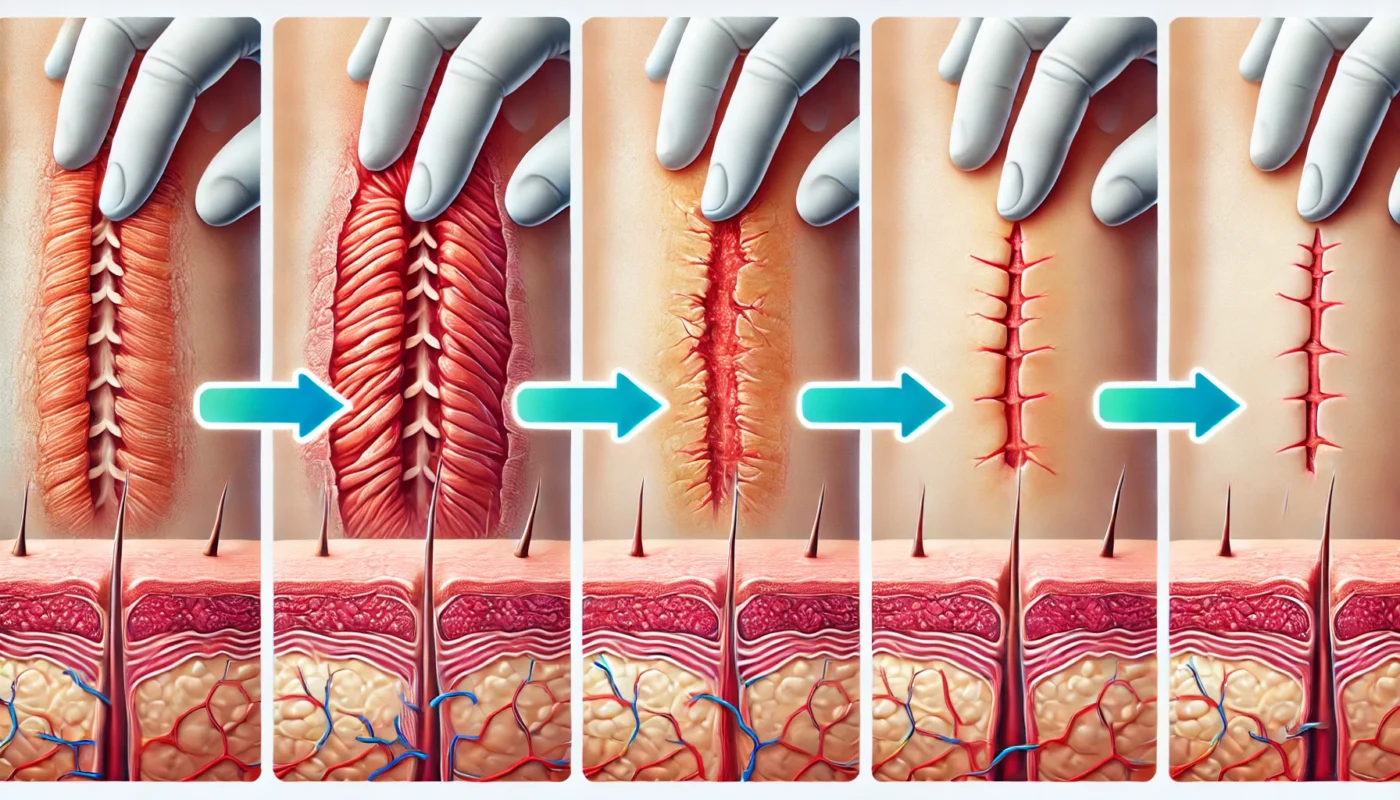Traditional Chinese Medicine (TCM) has been a cornerstone of Eastern health practices for millennia, embodying a holistic philosophy that seeks to harmonize the body and mind. Rooted deeply in Chinese culture, TCM not only addresses physical ailments but also aims to balance emotional and spiritual well-being. As the modern world increasingly turns to approaches to health, the timeless wisdom of TCM offers a unique perspective on pain relief, blending ancient practices with contemporary scientific insights. In this expanded exploration, we delve deeper into the world of TCM, its foundational principles, diverse techniques, and its place in modern healthcare systems.
Tag Archives: acupuncture
Sciatica can be a real pain — quite literally. For those dealing with this condition, finding effective relief is paramount. Aleve, a popular over-the-counter nonsteroidal anti-inflammatory drug (NSAID), is often considered by those seeking relief from sciatica pain. But is Aleve a good option for sciatica relief? Let’s delve into the intricacies of using Aleve for sciatica, explore its potential benefits, and discuss alternative treatments to consider.
In the realm of health and wellness, pain management stands as a critical component, especially within hospital settings. The experience of pain, whether acute or chronic, is a common challenge faced by patients, necessitating a comprehensive approach to alleviate this distress. Hospitals provide a range of medications designed to manage pain effectively, each with unique mechanisms and purposes. Navigating this landscape requires a thorough understanding of the types of medications used, their intended outcomes, and their interactions with the human body. Whether you’re a fitness enthusiast, health advocate, or medical patient, grasping these concepts can empower you to make informed decisions about your pain management options and enhance your overall healthcare experience.
Arthritis is not a single disease but rather a term that encompasses over 100 different conditions affecting the joints. Osteoarthritis and rheumatoid arthritis are the most common types, each with distinct causes and treatment approaches. Regardless of the type, arthritis often results in joint pain, stiffness, and swelling, leading to decreased mobility and impacting daily activities.
Painkillers are a common, often necessary component in the management of pain, whether it stems from a minor headache or a chronic condition. However, understanding how these medications work, their effects, and their duration is crucial for making informed decisions about their use. In this article, we delve into the complexity of painkillers, examining whether they might be detrimental, how long one can safely use them, and their role in managing chronic pain.
Non-narcotic pain medications are a class of drugs that provide relief from pain without the risk of addiction associated with opioids. They work through different mechanisms and can be used for a variety of conditions.
Pain aid tablets are designed to alleviate pain, ranging from mild discomfort to severe chronic pain. These medications work through various mechanisms, such as inhibiting pain signals to the brain or reducing inflammation, thereby providing relief. Understanding the specific action of different pain aid tablets is crucial to selecting the right one for your specific situation.
Aleve, known generically as naproxen, is a nonsteroidal anti-inflammatory drug (NSAID). It’s commonly used for reducing inflammation and alleviating pain. As an over-the-counter medication, Aleve is accessible for those seeking relief from mild to moderate pain, including back pain. Let’s delve deeper into how Aleve functions and its implications for muscle pain.
Inflammation is the body’s natural response to harmful stimuli, such as pathogens, damaged cells, or irritants. It is a complex biological response that involves the immune system, blood vessels, and various molecular mediators. The ultimate goal of inflammation is to eliminate the initial cause of cell injury, clear out necrotic cells and tissues, and initiate tissue repair.
Scars are a natural part of the body’s healing process. They form as the body repairs damaged skin and tissues after an injury or surgery. The healing of surgical scars is a complex process that unfolds in several stages, each characterized by distinct biological activities. Let’s explore these stages in greater detail to better understand the journey of scar formation and resolution.










